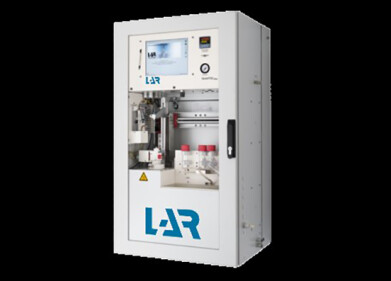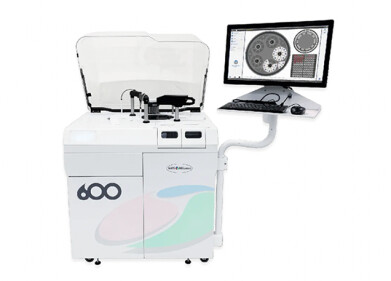Wastewater Analysis
Why Does Wastewater Monitoring Matter for COVID-19?
Apr 10 2021
Shortly after the World Health Organisation (WHO) declared a global pandemic in March 2020, the body’s Director General addressed governments all over the world in a special media briefing, urging them to “test, test, test”. Quantifying the scale of infection in a given population is the first step to overcoming the disease, since it allows authorities to develop strategies aimed at containing it.
While the scientific community was quick to develop several diagnostics strategies for verifying whether an individual is suffering from COVID-19, there are limitations to such testing methods. Fortunately, wastewater-based epidemiological testing can offer supplementary data to enhance knowledge and boost containment strategies.
The limitations of individual screening
While the speed with which scientists produced a viable test for checking whether a patient is suffering from COVID-19 is to be commended, the practice of individual screening does have its problems. For one thing, such tests are generally only administered to those reporting symptoms of the virus. Given that some studies have shown that over two-thirds of those diagnosed with the disease did not experience any symptoms whatsoever, that means a sizable chunk of sufferers are likely going undetected.
What’s more, arranging individual screening tests is a time-consuming and expensive business which is not conducive to gaining rapid results. It could also be regarded as invasive by more vulnerable members of society (such as teenagers, the elderly or those with pre-existing medical conditions). Finally, the practice is virtually impossible to undertake on a large scale in developing countries where the infrastructure and the financial resources are not in place to support it.
How wastewater monitoring can help
By contrast, wastewater monitoring is almost the polar opposite of individual diagnostics tests in some respects. While it is not able to identify individual sufferers of the disease or even give a reliable estimate of the concentration of infected people in a population, it can give a broad overview of how the disease has propagated in a community. What’s more, it can achieve that outcome quickly, affordably and with little effort from the authorities.
That’s because wastewater monitoring is already being practiced by many countries around the globe to search for polioviruses, bacteria with antibiotic-resistance and a host of other contaminants. To learn more about this field and how it is being adapted for coronavirus, the article Rapid detection of risks to microbial safety of water using BACTcontrol Rapidly detecting faecal pollutions related to microbial infections, recently including COVID-19 contains much useful information. As such, wastewater monitoring is a highly effective tool as an early warning system of where and when the disease might spread next, allowing authorities to divert the appropriate resources to mitigate its most harmful effects.
Digital Edition
AET 28.4 Oct/Nov 2024
November 2024
Gas Detection - Go from lagging to leading: why investment in gas detection makes sense Air Monitoring - Swirl and vortex meters will aid green hydrogen production - Beyond the Stack: Emi...
View all digital editions
Events
Jan 12 2025 Abu Dhabi, UAE
Jan 14 2025 Abu Dhabi, UAE
Jan 20 2025 San Diego, CA, USA
Carrefour des Gestions Locales de L'eau
Jan 22 2025 Rennes, France
Safety, Health & Wellbeing LIVE
Jan 22 2025 Manchester, UK



















